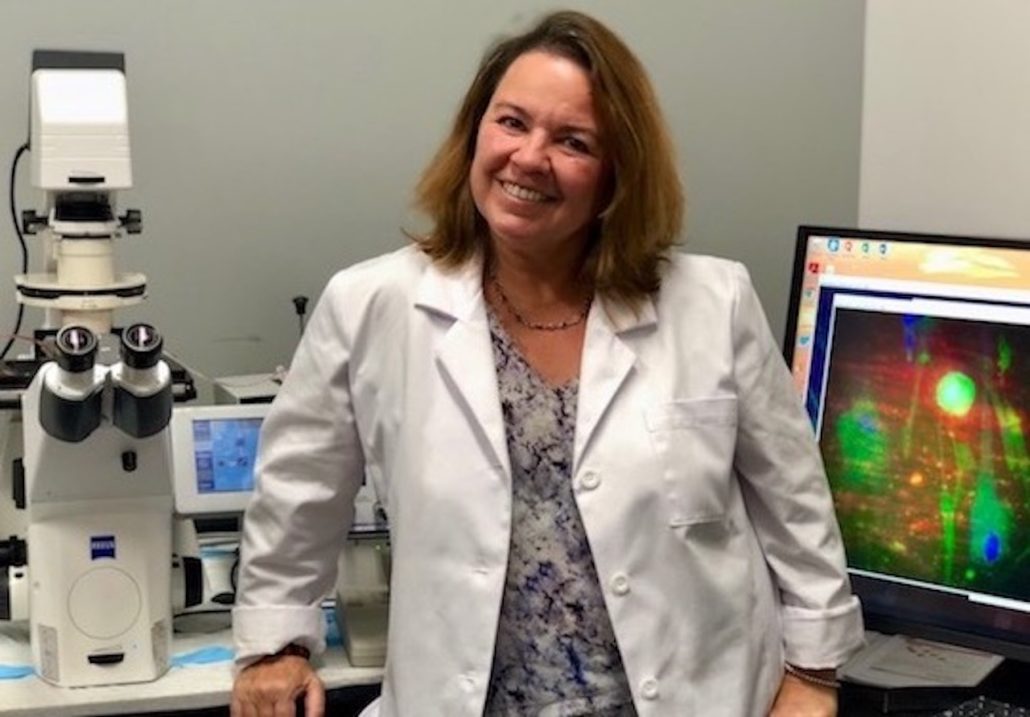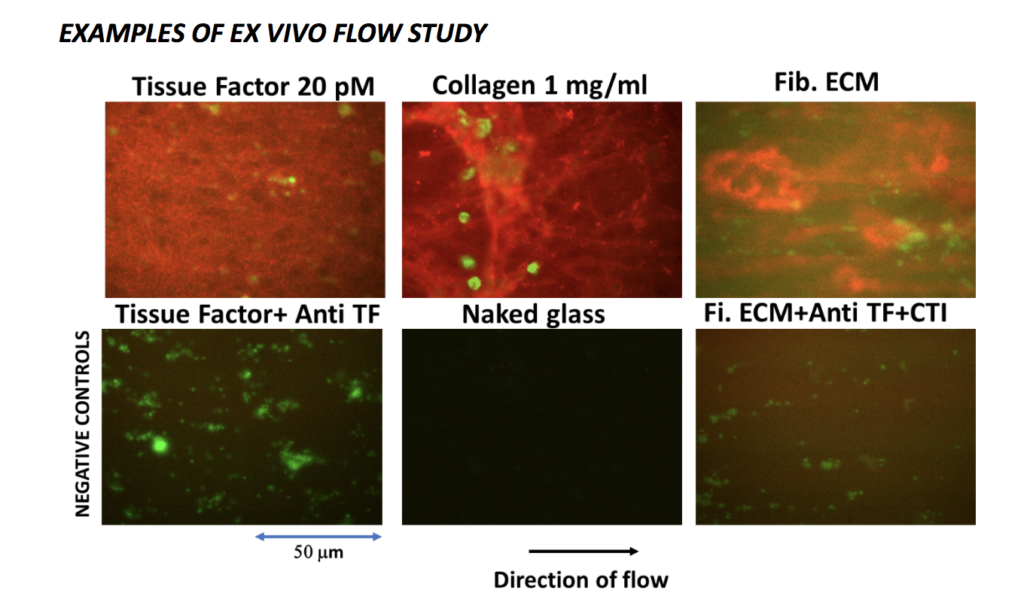Meet Our New Direct of Cellular Imaging— Dr. Patrizia Marchese

Dr. Patrizia Marchese gained her degree magna cum laude in Biological Science at the University of Genova, Italy.
After her doctoral degree, she joined The Scripps Research Institute in the Molecular and Experimental Medicine as a Postdoctoral Fellow, specializing in Thrombosis and Haemostasis research focused on function of platelets and their interaction with the vessel wall.
As Staff Scientist at The Scripps Research Institute, she gained expertise in techniques ranging from real time confocal and epifluorescent microscopy, flow studies on relevant thrombotic surfaces, in-vivo microsurgery and in-vivo video microscopy with the aim of studying mechanisms underlying physiologic hemostasis and pathological thrombosis.
After 27 years at The Scripps Research Institute, she now works as an independent scientific consultant and has set up a state-of-the-art fluorescent microscopy facility in her company, ThromboScience.

At Morpheus Biolabs, in collaboration with ThromboScience, we can measure the effect of drugs on thrombosis and hemostasis. We can assess thrombosis by flowing whole blood through a chamber embedded in a fluorescent microscope stage. The chamber is coated with three relevant thrombus inducing molecules: collagen, which activates platelets and induces fibrin formation through the intrinsic coagulation pathway, Tissue Factor (TF), which activates the extrinsic coagulation pathway, and fibroblasts, which constitutively deposit a more complex extracellular matrix (Fib.ECM). Blood can be perfused through these chambers at high shear rate to mimic arterial flow, or at low shear rate to mimic venous flow. We can visualize the formation of platelet aggregates and fibrin deposition by the flowing blood onto these reactive surfaces with labeling platelets with one specific fluorescent dye and fibrin with another fluorescent probe. When we add the drug to the whole blood and flow onto a reactive surface we can assess if, and under what conditions, it increases or decreases thrombosis.
